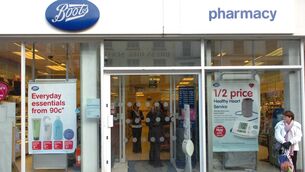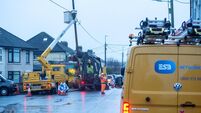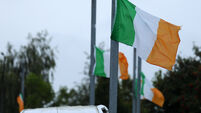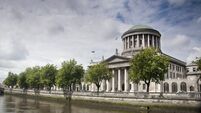SPECIAL REPORT: Seeds of recovery starting to flower on high streets

DESPITE the stream of positive indicators that have emerged over the past year pointing to an improved economic landscape, the country’s main streets have largely failed to mirror that progression.
As employment figures improved; growth projections rose and exports hit record levels, the story on the ground in towns and cities remained stubbornly gloomier with retailers reporting only a marginal pick-up in business.













